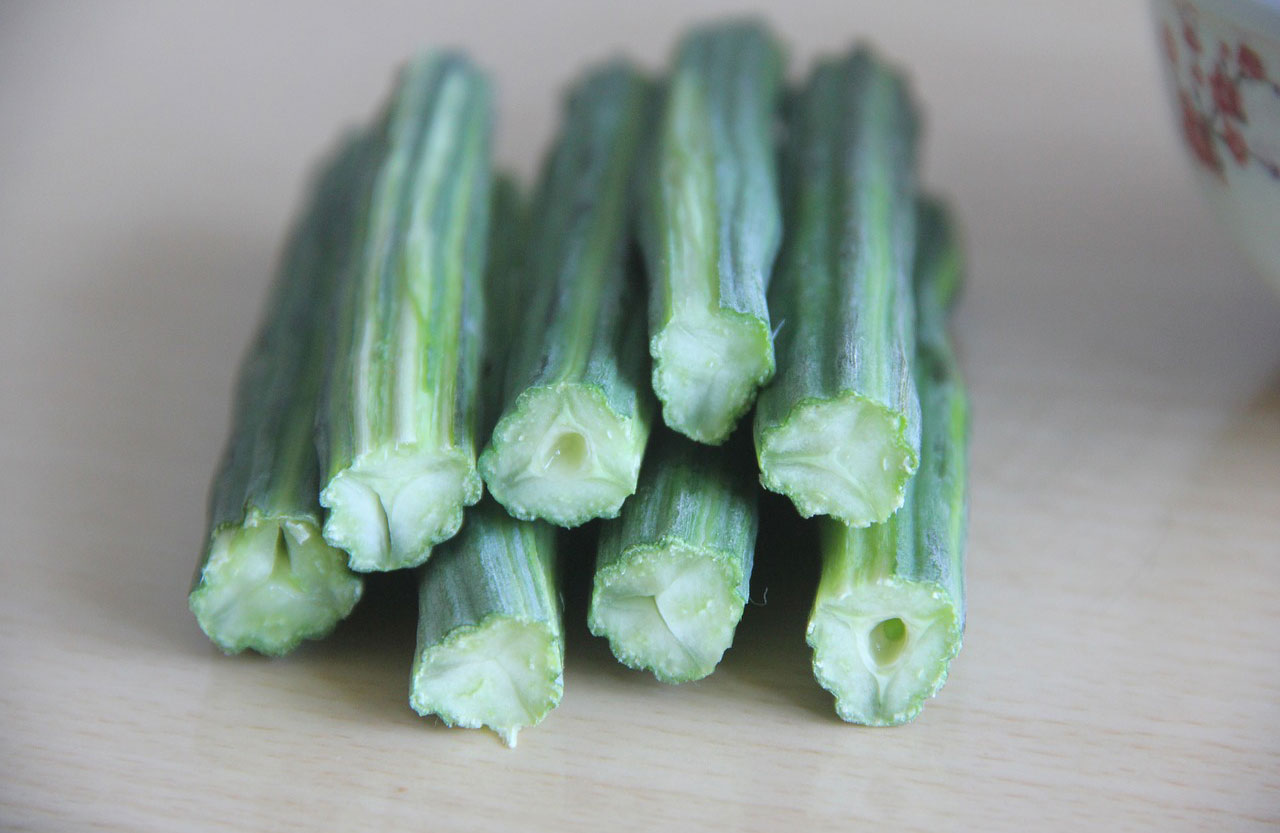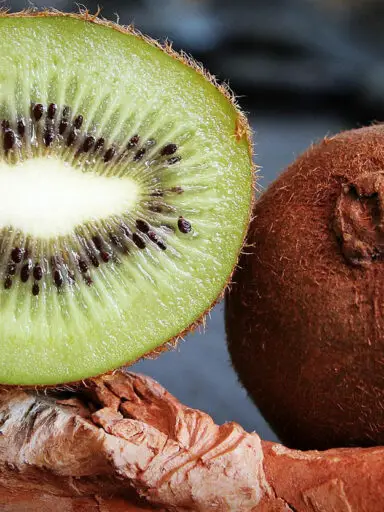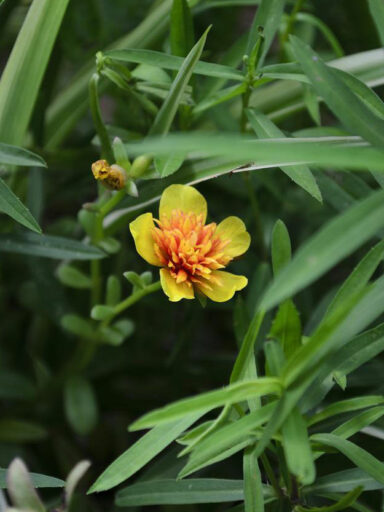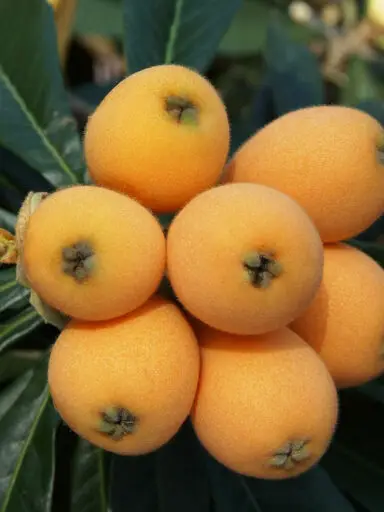Moringa oleifera goes by an assortment of other names, most notably drumstick tree. This is because of its long triangular seed pods. From afar these pods resemble those of French beans.
It is also commonly called the horseradish tree seeing it resembles horseradish. Other names include the ben oil tree and the benzoil tree.
Moringa oleifera is native to Northwestern India in the Himalayas region. There the pods are eaten as a vegetable.
it is a drought-resistant deciduous tree that can reach up to 10 to 12 meters tall with a 45 cm diameter trunk when fully grown.
The branches form a distinctive drooping crown with leaves building feathery foliage with fragrant whitish flowers.
India is the world’s largest producer of Moringa oleifera. It is also widely grown in Hawaii, Central America, the Caribbean, the Northern parts of South America, Africa, Southeast Asia, and Oceania.
Fresh Moringa pods are available in markets throughout the year in regions where it is widely grown. These include Southeast Asia, the Philippines, Middle-Eastern nations, Africa, the Caribbean, and some Central American regions. It is also more available in the Southern states of the United States.
The fresh pods need to be vibrant in color. They should be firm but tender. Avoid dry, shriveled pods. They should not have bruises or cuts.
Older pods tend to have bitter pulp and tougher outer skin and therefore should be avoided. Again do not buy pods that are showing signs of mold or slim or appear discolored.
Dried Moringa leaf powder can be found all year round in stores including those in Europe and North America.
Once home, fresh pods should be stored at room temperature for not more than a day or two. They can keep for a few more days when refrigerated. The dried leaves can keep for several months.
Preparation of Moringa oleifera for Culinary Purposes
One should use the tender leaves and the tender growing tips of the pods in cooking. The powder can be prepared from the older leaves.
Fresh pods and leaves should be washed in cool running water to remove any pesticide residue, dirt, and soil. The ends should be trimmed and the pod can then be cut into manageable pieces about one to three inches long.
The leaves should be plucked from the twigs and can be chopped or used whole depending on your preferences.
When cooking you may follow the instructions in your favorite recipes.
Moringa can be added to enhance soups and vegetable preparations. It goes well with poultry, fish, and seafood.
It can be sued in both savory and sweet dishes. In Asia and Africa, you will find it used in Bread, Cakes, Muffins, Pastry, and other baked goods.
Popular dishes based on this plant include Mboum from Senegal, Ginattang Malunggay from the Philippines, and Sahajan ki sabzi from Pakistan among others.
Nutritional Benefits
Moringa oleifera is a great source of ready proteins, minerals, vitamins, and dietary fiber. It does not contain cholesterol and comes with just 37 calories for the pods and 64 calories for the leaves per 100 grams.
The leaves are a great source of protein. It is also a good source of B-complex vitamins such as folates, niacin, and pyridoxine. It is also a great source of riboflavin and thiamin.
This vegetable is a very rich source of vitamin A and vitamin C.
When it comes to minerals, it is rich in potassium and zinc. In addition, it is a rich source of calcium, iron, magnesium, and phosphorus.



